Extremely rare museum Silurian oldest know clubmoss lycopsid land plant fossil
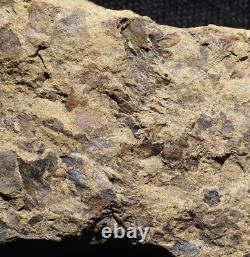
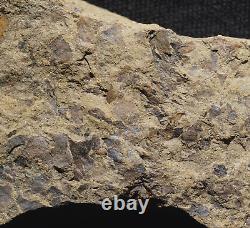
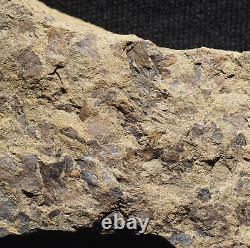

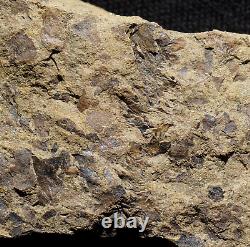
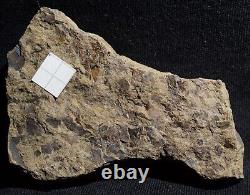

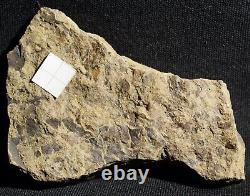
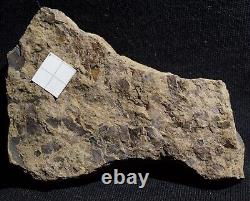
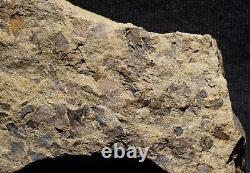
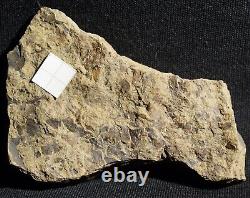
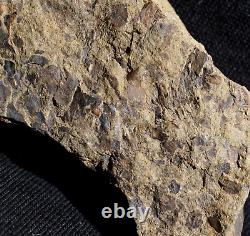



Extremely detailed museum quality branchd twig of. Oldests know Silurian fossil land plant & lycopod. Poland, Holly Cross Mountains, Kielce area.
Upper Silurian, (Ludlowian / Pridolian). 7,5 x 5,0 x 1,0 cm (white square on pictures is 1,0 x 1,0 cm). Extremely detailed museum quality branched!!! Fossils that can be ascribed to the Lycopodiopsida first appear in the Silurian period, along with a number of other vascular plants. Is one of the earliest identifiable species.
Is another Silurian genus which appears to be an early member of this group. The group evolved roots independently from the rest of the vascular plants. Or other terms including the component.
Members of the class are also called. The Lycopodiopsida are distinguished from other vascular plants by the possession of microphylls and by their sporangia, which are lateral as opposed to terminal and which open (dehisce) transversely rather than longitudinally. In some groups, the sporangia are borne on sporophylls that are clustered into strobili. Phylogenetic analysis shows the group branching off at the base of the evolution of vascular plants and they have a long evolutionary history.Are abundant worldwide, especially in coal deposits.


